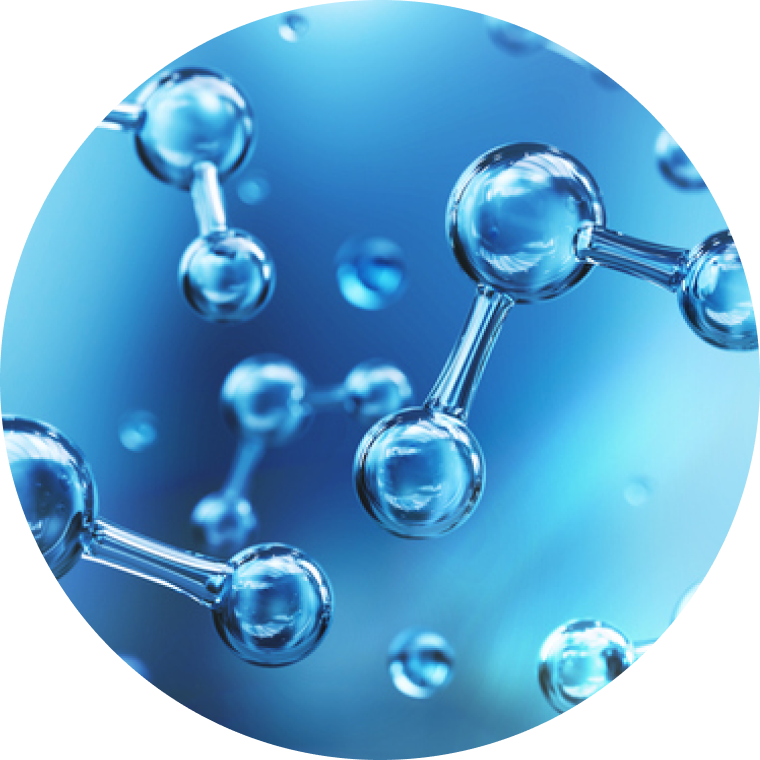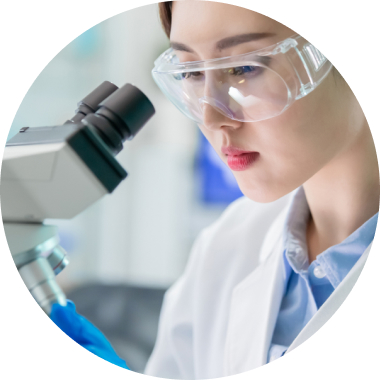How Do You Analyze DNA Sequences?
DNA sequencing is the process of deciphering the building blocks in a strand of DNA. This process can be performed using several different techniques that typically involve repeating one or more of the following steps:
Replication
Separation
Measurement
What Is the Purpose of DNA Sequencing?
DNA sequencing is the process of decoding the order of the bases that constitute a strand of DNA. The order of these bases encodes the information that defines our biology. For this reason, deciphering a sequence of DNA is critical in understanding the role of genes and the broader genome, which can help to uncover causes for various diseases, conditions, and dispositions.
What Are the Steps in DNA Sequencing?
While there are many techniques of DNA sequencing, the basic steps are often similar:
In the case of one of the most heavily employed techniques, which was used in the human genome project, the first step is to cut DNA into smaller pieces and insert these pieces into plasmid DNA. Here are the next steps:
This modified DNA is then placed into bacterial cells to produce large numbers of copies.
The DNA is then isolated from the bacterial cells and transferred to a reaction vessel where sequencing reactions take place. Added to this vessel are several other ingredients, including free DNA bases, DNA polymerase, DNA primers, and fluorescent terminator bases.
Heating will first separate the DNA strands so that DNA primers may bind to the plasmid DNA.
DNA polymerase then binds to the primer DNA and begins making a new strand using free DNA bases. This will continue until the addition of a terminator base, at which point no new bases will be able to be added.
This new strand is then separated from the original, and this process is repeated many times to produce a large quantity of DNA of varying lengths, which are then separated by length using electrophoresis.
The terminator bases are then excited using a laser, and their color is detected by a camera, with each color corresponding to a different base.
By detecting each color and converting it into the corresponding base, the completed DNA sequence is acquired.



